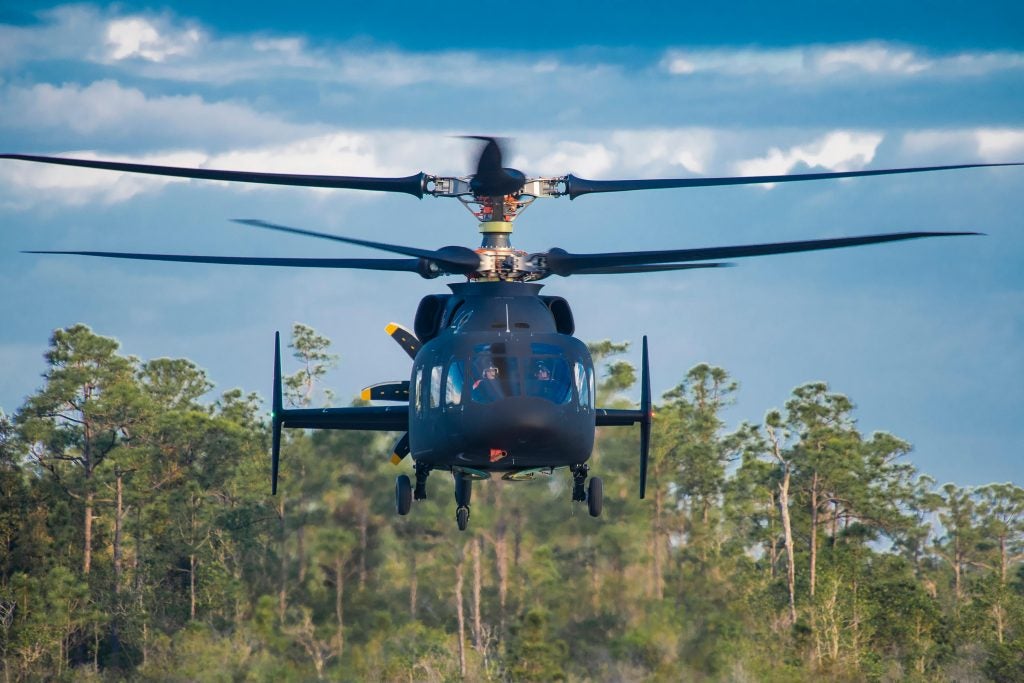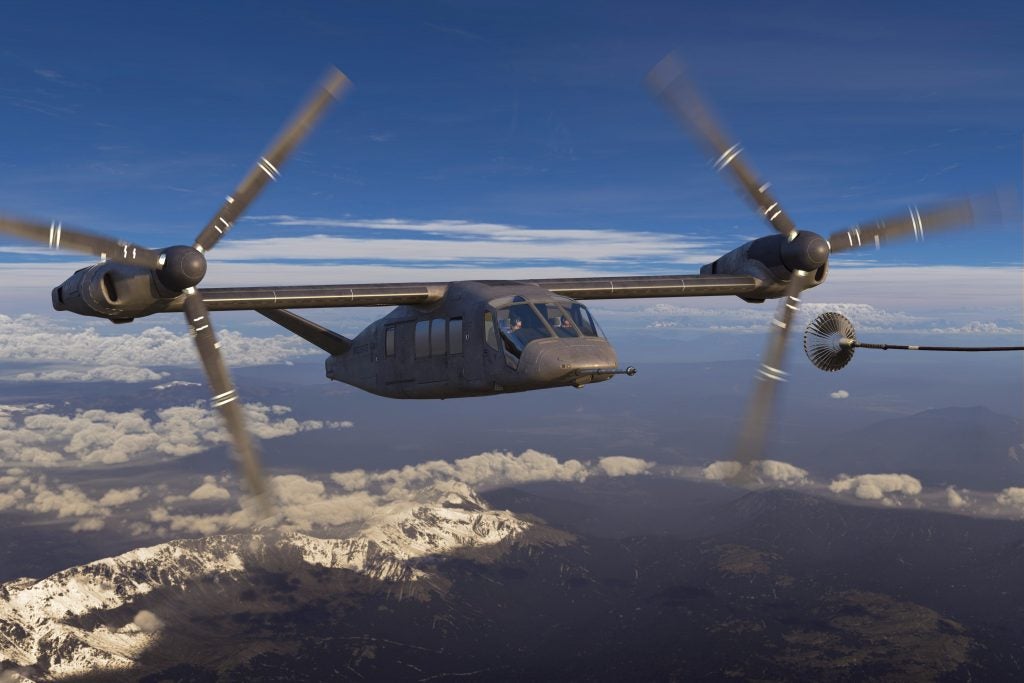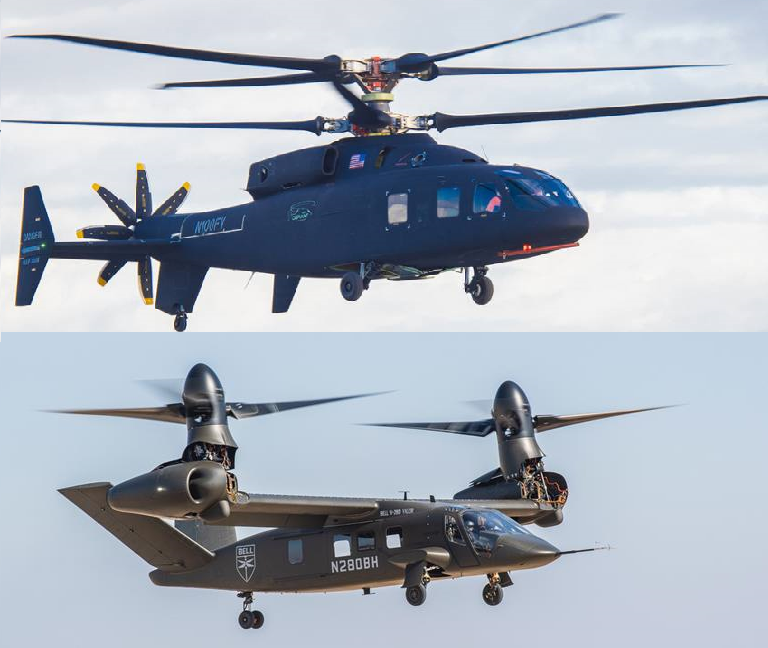US Army Selects Bell and Sikorsky-Boeing for Blackhawk Replacement Competition
The Army announced on 16th March, that Bell and Sikorsky-Boeing will be competing in the next phase of the Future Long Range Assault Aircraft program. Once finalized, the FLRAA will replace the Army’s UH-60 Blackhawk helicopters in service.
Coming up is the competitive development and risk-reduction (CD&RR) phase, which is expected to take two years. In this timeframe, the competitors working in conjunction with government researchers will work out finer details of their aircraft. After the conclusion of the CD&RR phase in 2022, the Army will select which aircraft will go on to replace the Blackhawk in the future.

The Army awarded Sikorsky-Boeing $97 million for their SB-1 Defiant. The SB-1 is a coaxial helicopter, meaning it has two main rotors on the same axis, one rotating clockwise and the other counterclockwise. This eliminates the need for a tail rotor, as the torque produced by the rotation of the rotors is countered by the fact that they rotate with equal force and speed into opposite directions. The lack of a tail rotor allowed the designers to put a pusher propeller on the tail of the Defiant, which enables the aircraft to reach much higher speeds than a traditional helicopter would while retaining vertical takeoff, landing and hover capability.

Bell was awarded $84 million for the V-280 Valor, which is radically different from both the Blackhawk currently in Army service and its competitor the SB-1. It is a tiltrotor aircraft with two rotors at the end of a fixed-wing. These function both as lifting rotors for vertical takeoff, landing and hovering, and as propellers that we might see on traditional fixed-wing aircraft. They simply tilt to control the aircraft’s lift and speed. The US Military already has a tiltrotor aircraft in service, the V-22 Osprey.
With these two radically different solutions to the same problem, it is difficult to tell which company will go on to win the competition. The only thing that is certain is once finalized, the new aircraft will give the US Army a huge leap in capability compared to the currently serving UH-60 Blackhawk.

